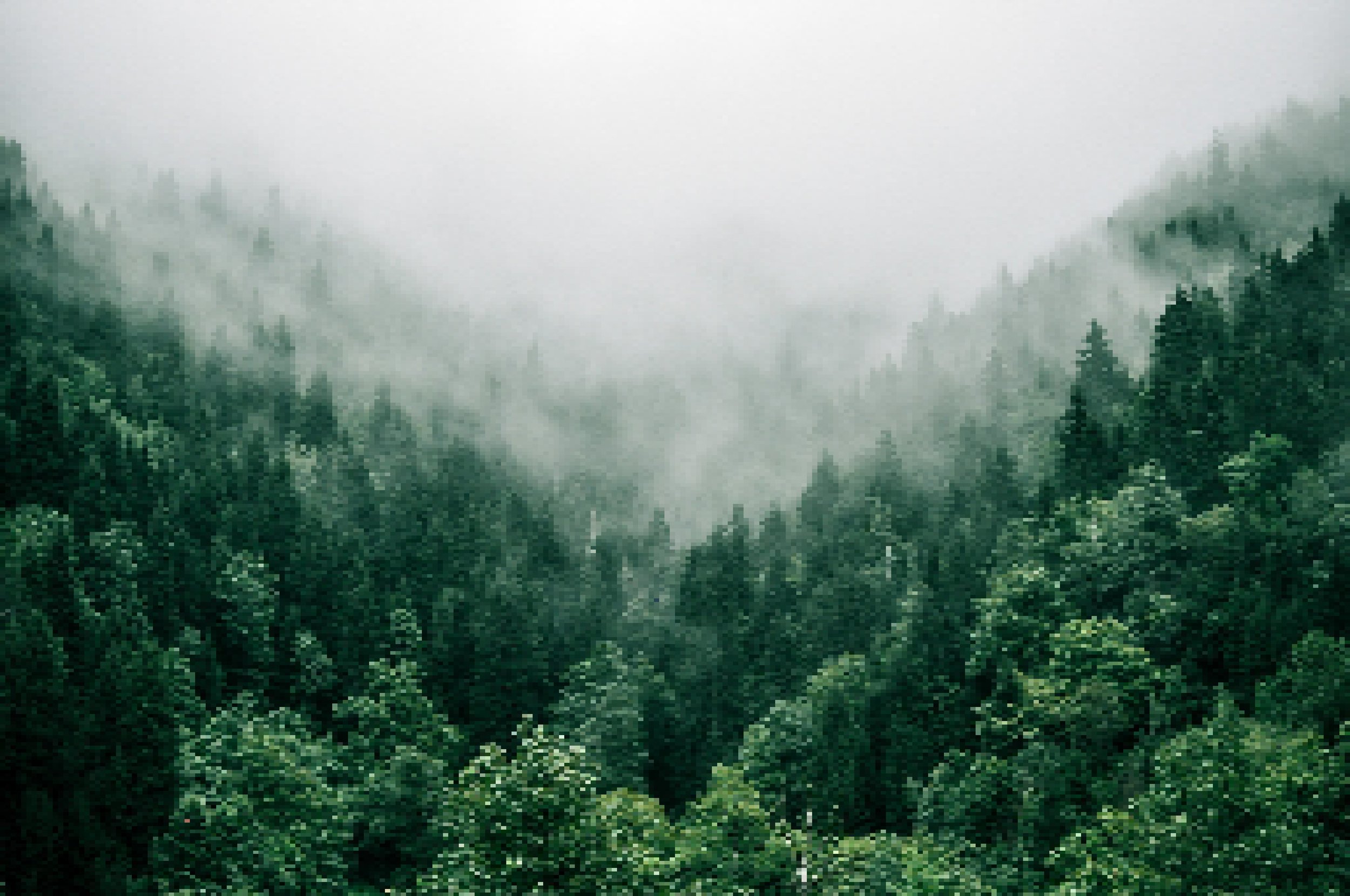
DEFOERSTATION ELIMINATION
Deforestation Elimination
You are a volunteer wilderness firefighter traveling through the forest. Uh Oh! You got a call that says there is a small forest fire burning trees and other vegetation. Pick up your firehose and go to town! Douse every tree that you see is on fire, and make sure to get the burned ones too! It only takes one little ember to reignite the flames! But make sure not to hit the trees that aren't burning! Overwatering plants can damage them badly.
What causes forest fires?
There is a wide variety of possible wildfire causes, but, unfortunately, most of them are from humans. In fact, around 85% of wildfires are caused by people! Typically, this results from campers leaving a campfire unattended for just a little too long. These fires can spread and ignite nearby vegetation, spreading the fire to the entire forest! Wildfires can also start as a result of burning debris and waste. A common method of destroying garbage is burning it, but sometimes it doesn't always go as planned. Irresponsible burning accounts for a large portion of wildfires. These wildfires can also be a result of natural phenomena too! Lightning can strike bushes and branches, burning swathes of forest. Even though it may seem lightning is pretty rare, for forests, it does strike twice.
What can be done about forest fires?
Effective forest fire prevention involves responsible forest management, creating controlled firebreaks, and clearing excess vegetation. Proper waste management, recycling, and strict regulations on campfires reduce the risk of human-caused wildfires. Community education on fire safety and ecosystem preservation is crucial.